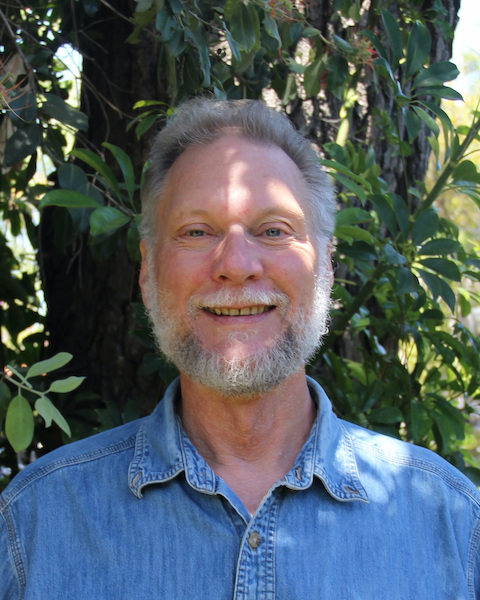The critically endangered Pacific pocket mouse (Perognathus longimembris pacificus), feared extinct for over 20 years, was “rediscovered” in 1993 and is now documented at four sites in Orange and San Diego Counties, California. Only one of these sites is considered large enough to be potentially self-sustaining without active intervention. In 1998, I gathered a team of biologists to initiate several research tasks in support of recovery planning for the species. The PPM Studies Team quickly determined that species recovery would require active translocations or reintroductions to establish new populations, but that we knew too little about the biology of P. l. pacificus and the availability of translocation receiver sites to design such a program. Recovery research from 1998 to 2000 therefore focused on (1) a systematic search for potential translocation receiver sites; (2) laboratory and field studies on non-listed, surrogate subspecies (P. l. longimembris and P. l. bangsi) to gain biological insights and perfect study methods; (3) studies on the historic and extant genetic diversity of P. l. pacificus; and (4) experimental habitat manipulations to increase P. l. pacificus populations. Using existing geographic information system (GIS) data, we identified sites throughout the historic range that might have appropriate soils and vegetation to support translocated P. l. pacificus. Reconnaissance surveys of habitat value were completed in all large areas of potential habitat identified by the model. Those sites having the highest habitat potential are being studied with more detailed and quantitative field analyses. The surrogate studies helped us design individual marking and monitoring methods and will be used to test translocation methods before applying them to P. l. pacificus. Genetic results suggest that P. l. pacificus populations were naturally fairly isolated from one another prior to modern development, that genetic diversity will continue to erode in the small populations that remain, and that individuals from extant populations could probably be mixed if maximizing genetic diversity in any newly established populations is an important recovery goal. Local populations should be increased in situ before they can supply donor animals for translocations. Experimental habitat management (shrub thinning) at one occupied site yielded a short-term, positive, behavioral response of mice to thinned habitat plots. However, the overall population seems to be in decline, and long-term population responses to habitat manipulations are not yet evident. The approach of the PPM Study Team has been to proceed cautiously and scientifically to obtain critical information and to design a translocation program, but we are prepared to recommend swift action to prevent extinction despite “insufficient data.” At this point, political and economic obstacles to species recovery seem larger than obstacles presented by scientific uncertainty.
Spencer, W.D. 2005. Recovery research for the endangered Pacific pocket mouse: An overview of collaborative studies. In B.E. Kus and J.L. Beyers, technical coordinators. Planning for Biodiversity: Bringing Research and Management Together: Proceedings of a Symposium for the South Coast Ecoregion. Gen. Tech. Rep. PSW-GTR-195. Pacific Southwest Research Station, Forest Service, U.S. Department of Agriculture, Albany, CA: 274pp.

